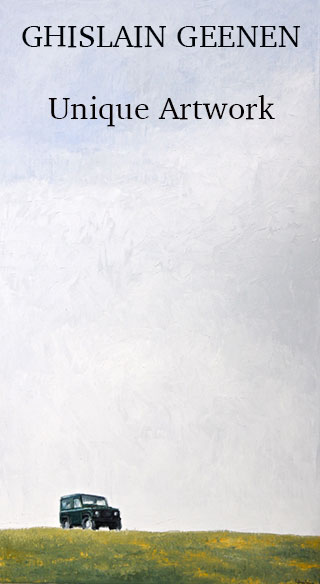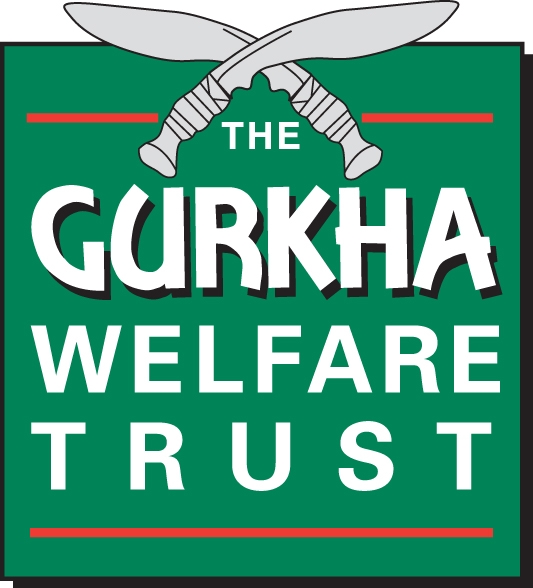The signs are everywhere. I noticed the new resolve in the industry at the Game Fair last summer. As we strolled down the dusty aisles and checked in on the trade stands on Gunmakers’ Row, little duck badges were widely evident, reminding sportsmen not to flout the lead ban for waterfowl in England & Wales.
The ban has been in place for twenty years. Research suggests most game shooters ignore it: 70%, according to a 2010 DEFRA-funded survey. The evidence from ducks collected from game dealers for analysis damns us as people who say one thing in public but retreat into selfish parsimony when out of sight. For the sake of perhaps a hundred or two hundred pounds a season, we are endangering our ability to access lead ammunition at all in future. What would this do to the trade, especially the auction trade in classic English guns?
For many in the gun trade, the implementation of a future lead shot ban for all shooting would be a blessing. If you are in the business of selling new guns of European manufacture and low-to-mid-quality, say the £1,200 – £10,000 range, you would do very well out of such a ban, at least in the short term.
Imagine if everyone currently shooting a traditional side-by-side game gun suddenly had to either pay a pound a round to continue shooting it by substituting lead for bismuth, or had to sell it and buy a modern gun proofed for the much cheaper steel shot loads now selling well. In this scenario, I can visualise very few tears in the average high street gun shop.
What, however, would the knock-on effects be further down the gun trade? Perhaps we would see very little initial reaction, as the country’s game shooters did a little head scratching and looked at each other to see what everyone else was going to do. This is a common enough reaction to change. What may very well follow would be a rationalisation of gun collections all over the UK.
The trade would start to see a glut of trade-in British box-locks and side-locks of all grades, as shooters begin asking to part-exchange their current gun for a steel-shot proved over and under, or, perhaps a side-by-side like those William Evans are currently selling in good numbers. With the rise in demand for new guns and good used steel-shot suited ones, the prices of such things may well rise in accordance. Meanwhile, the trade-ins will be of very little interest to the flurry of new buyers. We are likely to see this stock dumped into auctions by traders keen to offload it. Private sellers, baulking at the predictably miserly trade-in offers may also seek the auction route to disposal of their old guns.
The knock-on effect in the auction houses would be marked. First, we are likely to see a fresh influx of guns new to the market, in good numbers. A good deal of this will be very fine and in good condition. However, the pool of interest will surely dwindle in the UK, as potential buyers will be unlikely to use the guns and will be unwilling to invest in a dropping market.
For overseas buyers, this could be a blessing. Suddenly the auctions are full of lovely guns that they can use but the English can’t and the prices are on the floor. Americans, Australians and Europeans would have a great opportunity to access previously expensive or hard to find guns.
There may well be a period of adjustment, as buyers watch to see how low the prices will drop before getting involved, then there will be a feeding frenzy of foreigners hoovering up all the best kit. ‘Ordinary’ box-locks, side-locks and hammer guns will become worth very little. Without either collector value or practical value, their prices will plummet.
What the future holds is, as yet, uncertain. There are a number of precedents that have been applied overseas to control the use of lead shot in areas where it may be dangerous to waterfowl. Some countries, like New Zealand, allow lead to continue in use in sub-12 gauge guns, Scotland restricts lead over certain areas rather than for certain quarry species. Denmark, Sweden and Holland have banned lead entirely.There are few signs that England and Wales will follow suit with any flexible or sensible measures. It may be too late. We may already be facing the beginning of the end of lead as a sporting arms projectile. Some in the market are already acting on this hunch and buying modern guns, keeping the old classic for high days and holidays.
The timing may also be uncertain but the warning is there and it is stark: if lead goes, there will be major re-adjustment in the auction market for English guns. One cannot be sure that it would totally crash, foreign buyers may soften the landing and there is still a market for collectors of Section 58 obsolete calibre rifles, though many are unused. However, it is restricted to the better end of the market, poor quality or worn guns are very little valued.
For those interested in using and collecting vintage British guns, this is is the elephant in the room. Auctioneers, collectors and specialist gun dealers are watching with interest and not a little trepidation. This important aspect of the Gun Trade is under scrutiny now. George Monbiot and his manipulative posse of class warriors, dressed up as besuited ecologists, are gunning for us. Lead is their current choice of ammunition, it may not be ours for much longer.
Published by Vintage Guns Ltd on (modified )




